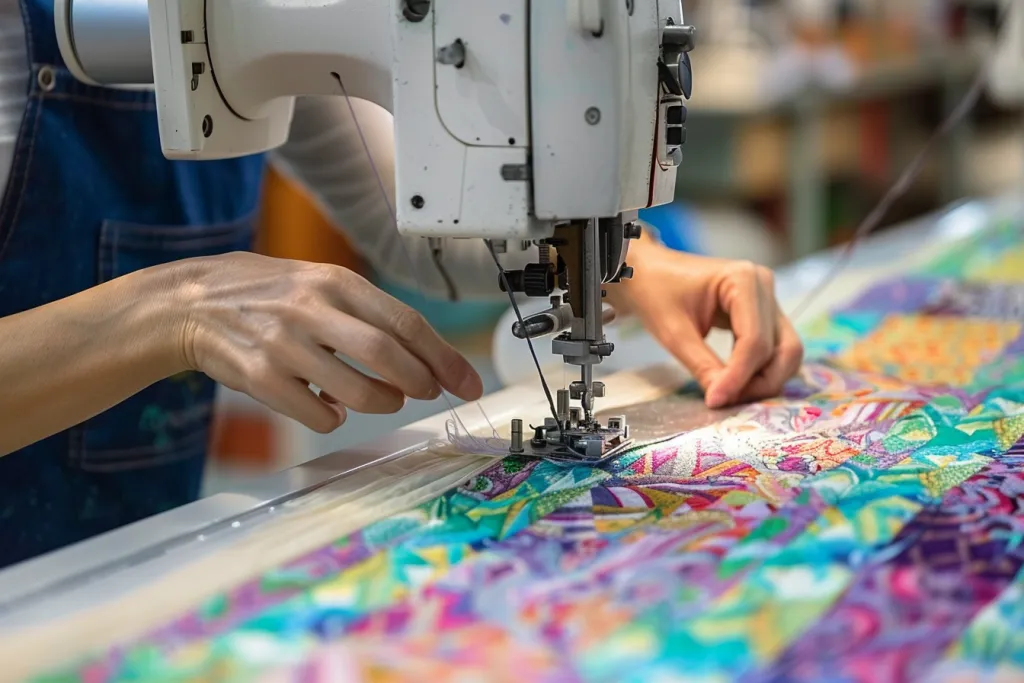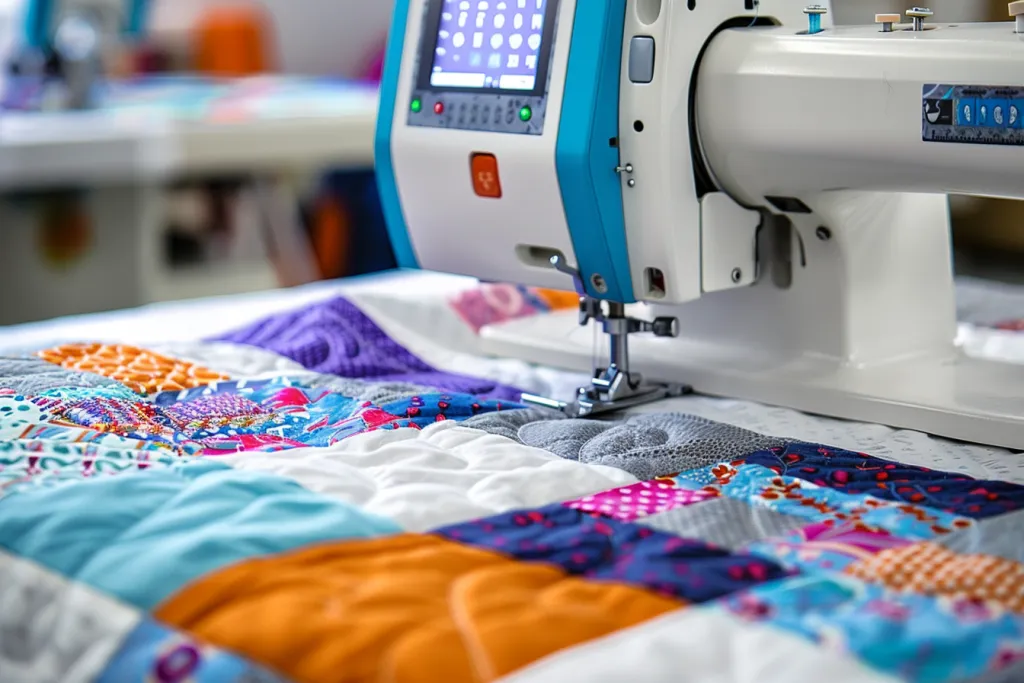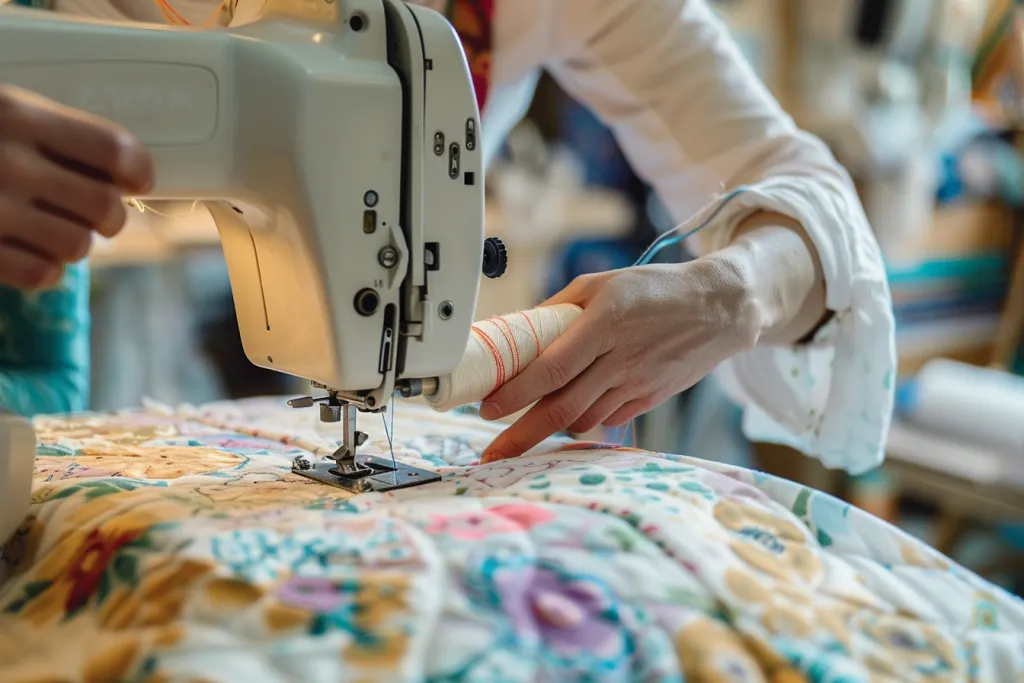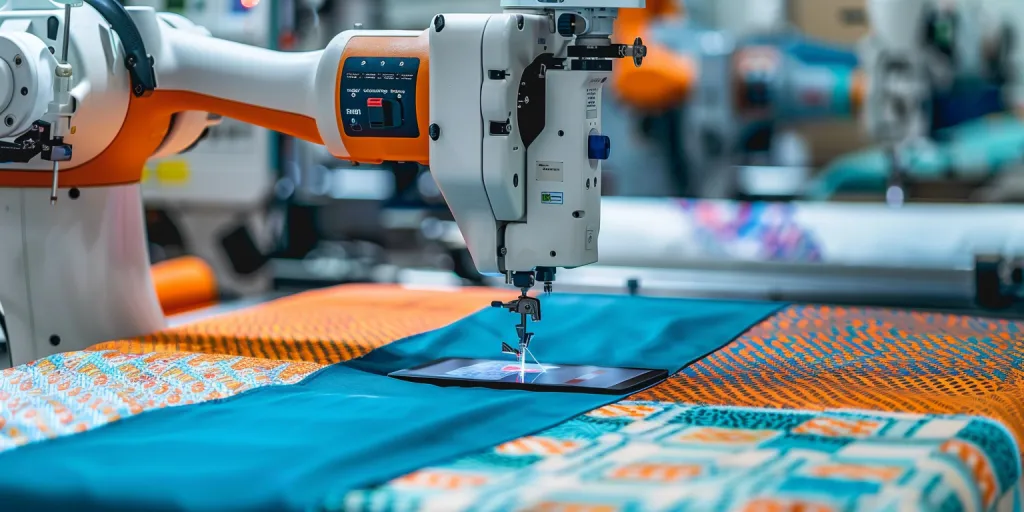Quilting has evolved from a hand-sewn necessity to an art form and a mode of personal expression. The modern quilter’s arsenal is incomplete without a quilting machine, a tool that embodies the intersection of creativity and technology. This article peels back the layers of quilting machines, guiding you through understanding their essential features, the variety available, maintenance tips, and the impact of technology on their evolution. Whether you’re a seasoned quilter or just starting, this exploration will equip you with knowledge to navigate the world of quilting machines.
Table of Contents:
– Understanding quilting machines
– Types of quilting machines
– Essential features to consider
– Maintenance tips for longevity
– The future of quilting machines
Understanding quilting machines

Quilting machines are specialized tools designed to handle the unique requirements of quilting, which includes sewing through multiple layers of fabric and batting to create a finished quilt. Unlike standard sewing machines, quilting machines offer a larger workspace, higher speed, and more precision. They come in various forms, from simple models that cater to beginners to sophisticated machines that offer computerized patterns and designs.
The core of a quilting machine’s appeal lies in its ability to transform the quilting process. By automating some of the most time-consuming aspects, these machines allow quilters to focus on the creative aspects of their projects. Understanding how these machines work, and what they offer, is the first step in leveraging their potential to enhance your quilting experience.
Types of quilting machines

Quilting machines can be broadly categorized into three types: mechanical, electronic, and longarm. Mechanical quilting machines are the most basic, operated by manual controls. They are durable and straightforward, making them suitable for quilters who prefer a hands-on approach. Electronic quilting machines, on the other hand, offer more precision and control, with programmable patterns and stitch settings. They are ideal for intermediate to advanced quilters looking for more versatility.
Longarm quilting machines represent the pinnacle of quilting technology. With a much larger throat space, they can handle large quilts with ease. These machines often come with a frame, allowing the quilt to be moved freely under the needle. Longarm machines are perfect for those looking to take their quilting to a professional level, offering unmatched speed and precision.
Essential features to consider

When choosing a quilting machine, several features stand out as particularly important. The throat space, or the distance between the needle and the body of the machine, is crucial for quilting larger projects. A larger throat space allows for more quilt to be moved under the needle, reducing the need for repositioning and ensuring smoother quilting.
Stitch quality and variety are also paramount. A machine that offers a range of quilting stitches, such as the straight stitch, free-motion, and decorative stitches, provides the flexibility to experiment with different quilting styles. Additionally, features like needle up/down positioning and speed control can significantly impact the quilting process, offering more precision and ease of use.
Maintenance tips for longevity

Proper maintenance is key to ensuring your quilting machine remains in top condition. Regular cleaning to remove lint and dust from the bobbin area and feed dogs is essential. Oiling the machine, as recommended by the manufacturer, keeps the moving parts running smoothly. It’s also important to use the right needles and thread to prevent damage and ensure the machine runs efficiently.
Scheduling periodic servicing by a professional can help catch any issues before they become major problems. By following these maintenance tips, you can extend the life of your quilting machine and ensure it continues to perform at its best.
The future of quilting machines

The future of quilting machines is marked by technological advancements that promise to further revolutionize the quilting process. Innovations in software allow for more intricate and customizable designs, while improvements in machine hardware offer even greater precision and speed. The integration of artificial intelligence and machine learning technologies could automate more aspects of the quilting process, making it easier for quilters to achieve professional-quality results.
As technology continues to evolve, the potential for new features and capabilities in quilting machines is limitless. These advancements not only make quilting more accessible but also open up new possibilities for creativity and expression in the art of quilting.
Conclusion:
Quilting machines are more than just tools; they are gateways to expanding creative horizons in the world of quilting. From understanding the different types available and their essential features to maintaining your machine for longevity, this guide aims to provide a comprehensive overview for anyone looking to delve into or deepen their knowledge of quilting machines. As technology advances, the future of quilting machines looks bright, promising even more innovative ways to bring quilting projects to life.




